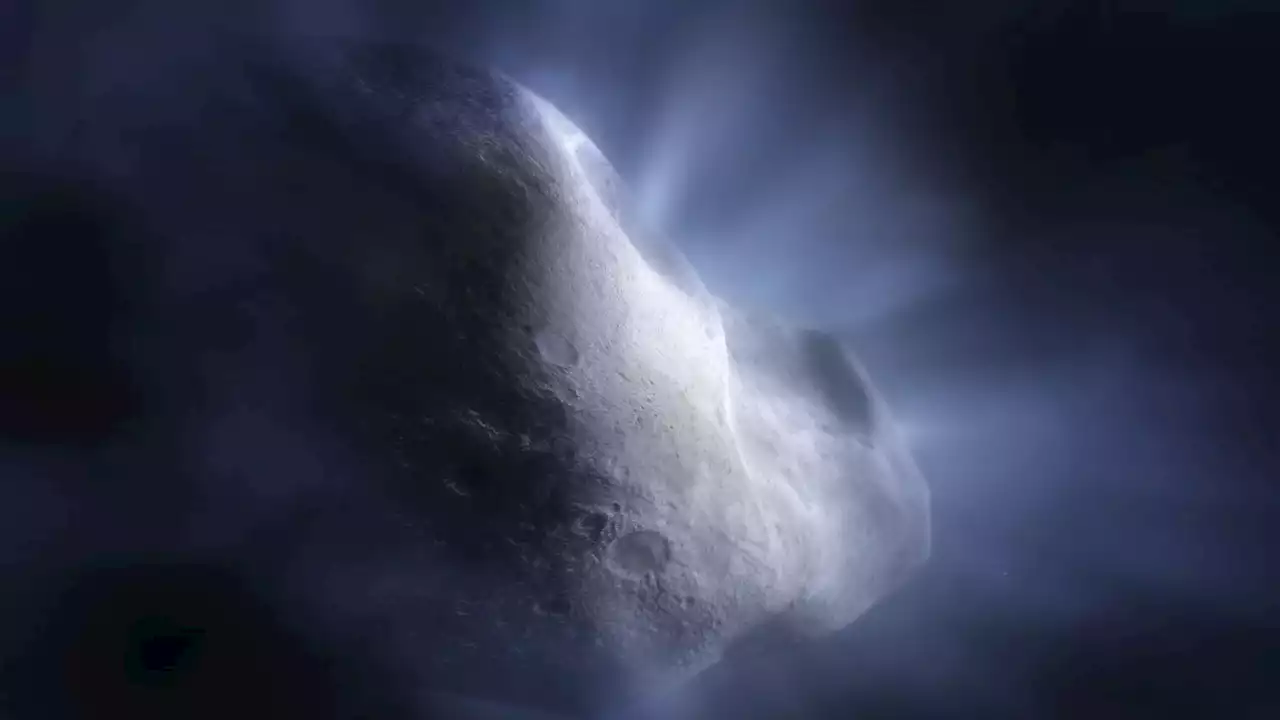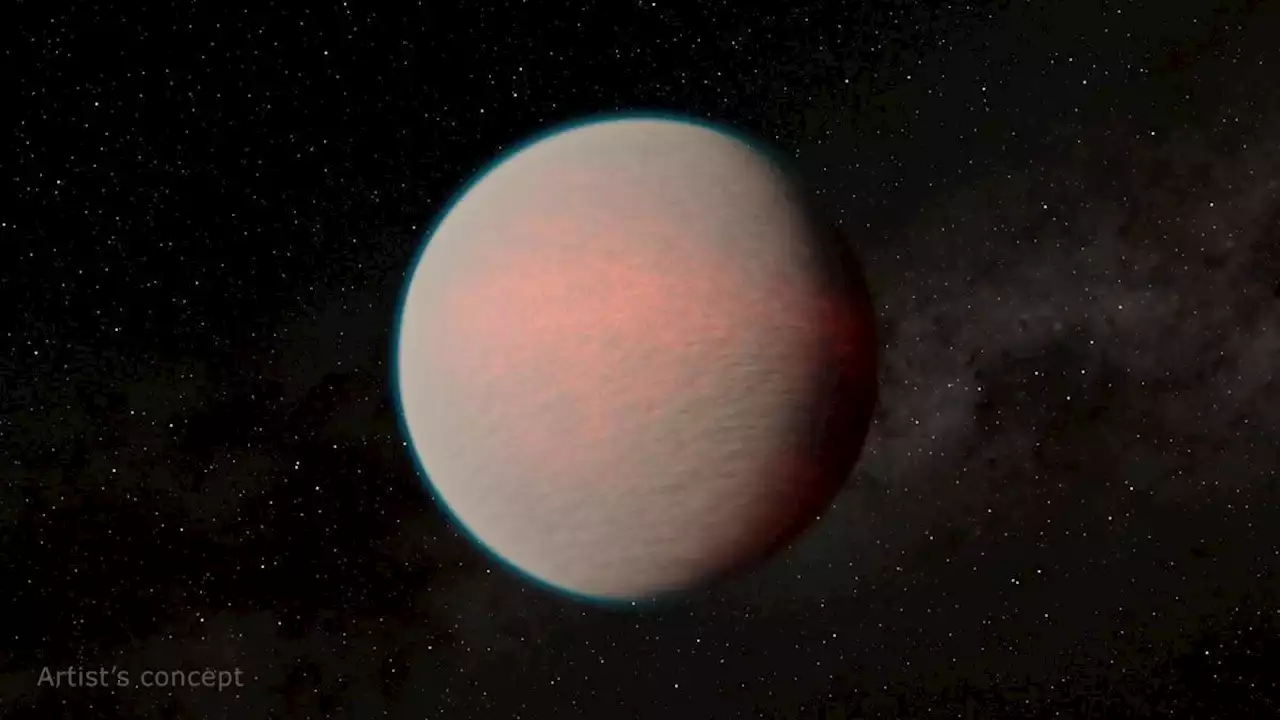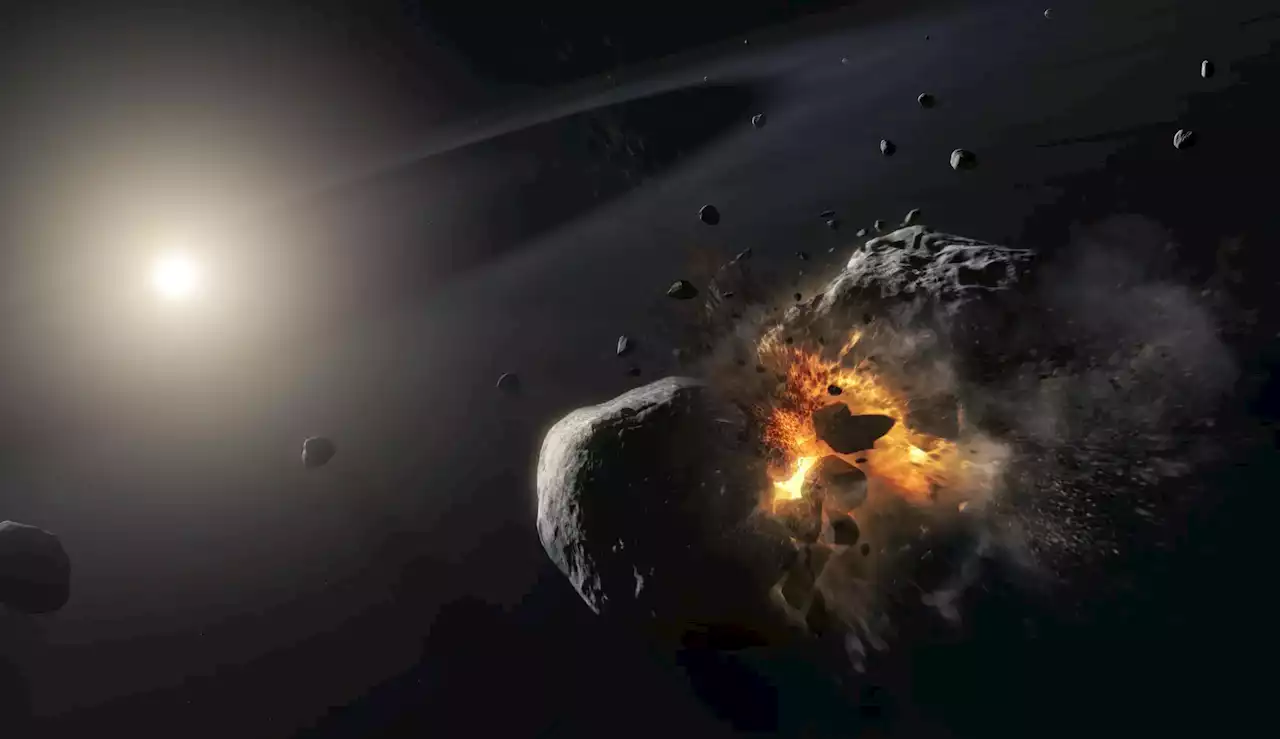Scientists announced Monday that Webb spotted water vapor around a comet in the main asteroid belt, which suggests ice from the early solar system can be preserved in this region between Mars and Jupiter.
This image of Comet 238P/Read was captured by the James Webb Space Telescope on Sept. 8, 2022. It displays the hazy halo, called the coma, and tail that are characteristic of comets.could help scientists studying a big question: How did so much water get on Earth?in the main asteroid belt, which suggests ice from the early solar system can be preserved in this region between Mars and Jupiter. Measuring water in this asteroid belt could help answer questions on how Earth's oceans were formed.
“Our water-soaked world, teeming with life and unique in the universe as far as we know, is something of a mystery — we’re not sure how all this water got here,” said Stefanie Milam, Webb deputy project scientist for planetary science at NASA and an author on the studySome scientists believe ancient asteroids or comets crashed into Earth carrying water and carbon-based molecules, which helped initiate life on our planet.
"Objects like Comet Read will help us estimate how much water is in today's asteroid belt," Kelley said in an email,"then we can work backwards to the early solar system and the Earth's oceans."is a fairly new classification called a main belt comet. These objects reside in the main asteroid belt but periodically have a halo or tail like a comet.
Scientists previously speculated that frozen water could be preserved in the main asteroid belt, but they didn't have proof until Webb observed Comet Read. "In the past, we’ve seen objects in the main belt with all the characteristics of comets, but only with this precise spectral data from Webb can we say, 'Yes, it’s definitely water ice that is creating that effect,'" Kelley said in the news release.
United States Latest News, United States Headlines
Similar News:You can also read news stories similar to this one that we have collected from other news sources.
![]() Webb Finds Water in Rare Main-Belt Comet, Spurring New MysteriesA team of scientists have used the James Webb Space Telescope to locate water vapor around a main-belt comet for the first time.
Webb Finds Water in Rare Main-Belt Comet, Spurring New MysteriesA team of scientists have used the James Webb Space Telescope to locate water vapor around a main-belt comet for the first time.
Read more »
 James Webb Space Telescope discovers water around a mysterious cometThe study of Comet 238P/Read, which lurks in the main asteroid belt, could help reveal the source of Earth's water, a vital ingredient for life on our planet.
James Webb Space Telescope discovers water around a mysterious cometThe study of Comet 238P/Read, which lurks in the main asteroid belt, could help reveal the source of Earth's water, a vital ingredient for life on our planet.
Read more »
 James Webb telescope discovers ancient 'water world' in nearby star systemBriley Lewis (she/her) is a freelance science writer and Ph.D. Candidate/NSF Fellow at the University of California, Los Angeles studying Astronomy & Astrophysics. Follow her on Twitter briles_34 or visit her website www.briley-lewis.com.
James Webb telescope discovers ancient 'water world' in nearby star systemBriley Lewis (she/her) is a freelance science writer and Ph.D. Candidate/NSF Fellow at the University of California, Los Angeles studying Astronomy & Astrophysics. Follow her on Twitter briles_34 or visit her website www.briley-lewis.com.
Read more »
 James Webb telescope finds water around a comet in the main asteroid belt | EngadgetThe James Webb telescope has spotted the first known instance of a comet with water vapor in the main asteroid belt..
James Webb telescope finds water around a comet in the main asteroid belt | EngadgetThe James Webb telescope has spotted the first known instance of a comet with water vapor in the main asteroid belt..
Read more »
 This Week @NASA: Webb’s Surprising Look at Fomalhaut’s Asteroid Belt, TROPICS CubeSats LaunchedA spacecraft changes parking spots at the space station … A surprising look at a star in another solar system … And small satellites that could be a big help tracking tropical storms … A few of the stories to tell you about – This Week at NASA! https://youtu.be/6tv0S_eBN2w Spacecraft
This Week @NASA: Webb’s Surprising Look at Fomalhaut’s Asteroid Belt, TROPICS CubeSats LaunchedA spacecraft changes parking spots at the space station … A surprising look at a star in another solar system … And small satellites that could be a big help tracking tropical storms … A few of the stories to tell you about – This Week at NASA! https://youtu.be/6tv0S_eBN2w Spacecraft
Read more »
 Giants waste Logan Webb’s strong start, lose 2-1 to ArizonaThe Giants lose three of four to Arizona, a team they hope to compete with for a playoff berth in the N.L. West.
Giants waste Logan Webb’s strong start, lose 2-1 to ArizonaThe Giants lose three of four to Arizona, a team they hope to compete with for a playoff berth in the N.L. West.
Read more »